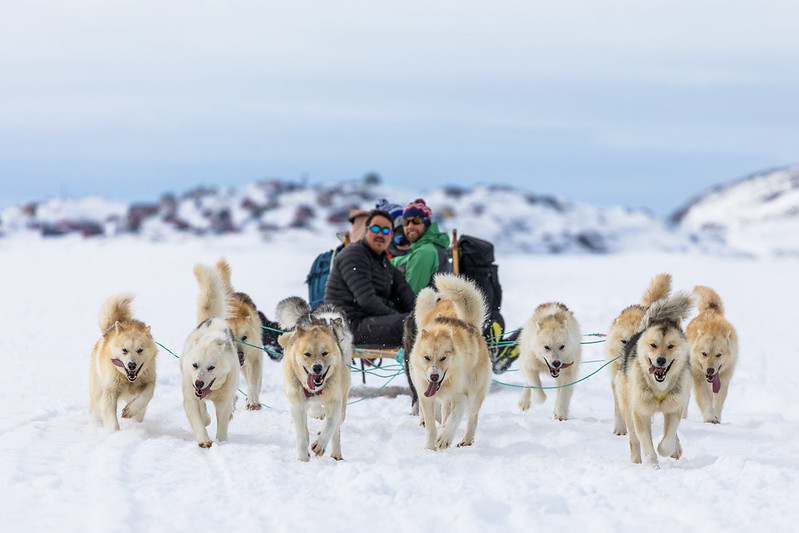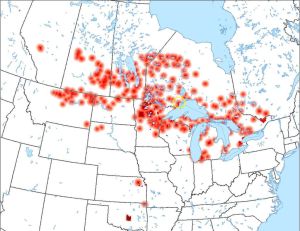Views of life before residential school…
“I admired my father a lot. And I remember at one point I was looking at him, I think I was on the small hill, and he was below, he had made a hole in the ice, and he was hunting beaver with a, with a harpoon, and I was there, I was looking at him and I was singing. And I remember when I was kid I sang a lot, very often.” Thérese Niquay
“And what I remember in my childhood also was the, my mother’s songs, because we lived in tents, and there was young children, and my mother sang for the youngest, and at the same time this helped us to fall asleep. It was beneficial to everyone, my mother’s songs, and that is what I remember” Jeannette Coo Coo

“The land was all around me, the snow, the sky, the sun, and I had my parents. And we had a dog team. We were travelling, I think it was on Banks Island, and I was amazed at what I saw, just the environment, the peace, the strength, the love, the smile on my dad’s face. And when I wake up he’s singing a short song to me of love.” Albert Elias


 Here’s what Canada’s first Prime Minister said in Parliament about residential schools:
Here’s what Canada’s first Prime Minister said in Parliament about residential schools: